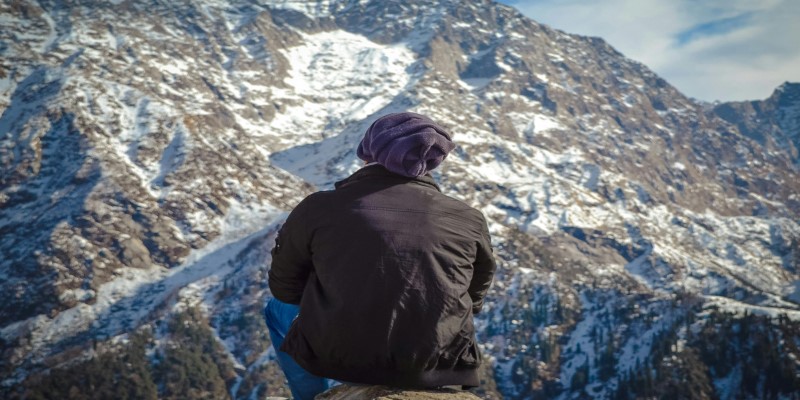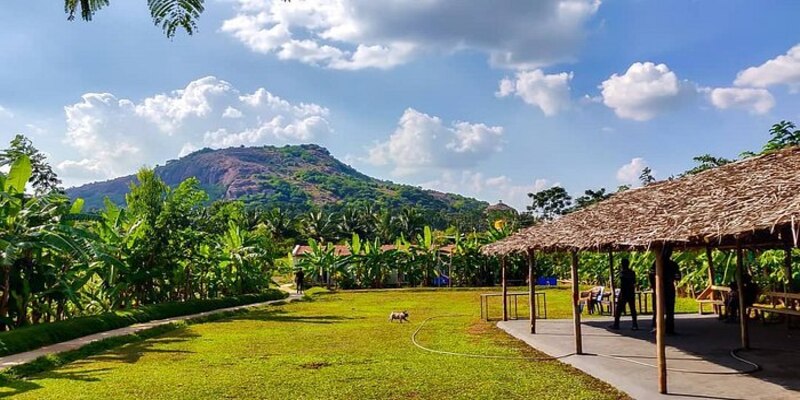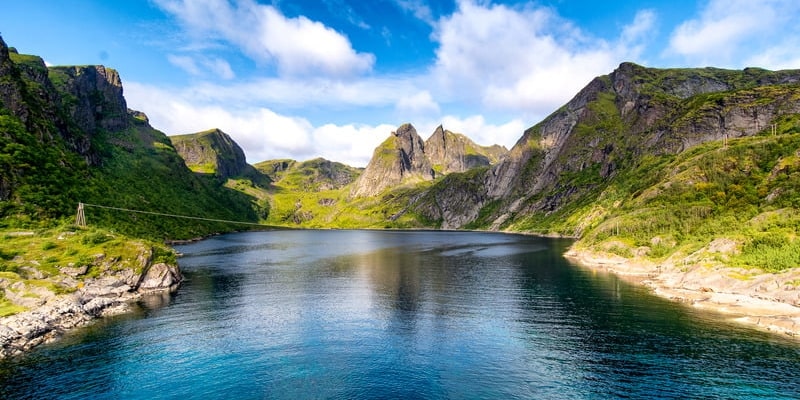Imagine a journey that combines the rugged beauty of Australia's coastline, the thrill of outdoor adventure, and the serene calm of nature. Welcome to the Great Ocean Walk, a 104-kilometer hiking trail that winds its way along Victoria's southwestern coast. Whether you're an experienced hiker or a curious novice, this guide will help you prepare for an unforgettable trek through some of Australia's most stunning landscapes.
Overview of the Great Ocean Walk

The Great Ocean Walk stretches from Apollo Bay to the iconic Twelve Apostles, offering hikers a unique way to experience the Great Ocean Road. Unlike the drive, the walk immerses you in the environment, allowing you to appreciate the diverse ecosystems, rich history, and breathtaking views up close. Over the course of the trail, you'll encounter lush rainforests, deserted beaches, towering cliffs, and abundant wildlife.
Preparing for the Hike
Before setting out on the Great Ocean Walk, it's crucial to be well-prepared. Here are some key steps to ensure a safe and enjoyable hike:
Plan Your Route:
The walk can be completed in several ways. Some prefer to tackle it in one go, which typically takes 8 days, while others break it up into shorter sections. Decide on your pace and plan your camping spots or accommodations in advance.
Pack Wisely:
Essential items include a sturdy backpack, comfortable hiking boots, weather-appropriate clothing, a first aid kit, a map, and plenty of water. Remember, the weather can change rapidly along the coast, so be prepared for all conditions.
Fitness Level:
The trail is moderately challenging, with some steep sections and uneven terrain. A reasonable level of fitness is required, so consider doing some training hikes before embarking on the Great Ocean Walk.
Permits and Fees:
The sections of the trail require permits, especially if you're camping overnight. Check with Parks Victoria for the latest information on permits and any associated fees.
Highlights of the Great Ocean Walk

As you traverse the Great Ocean Walk, there are several highlights you won't want to miss:
Apollo Bay: Your starting point is a charming coastal town known for its beautiful beaches and vibrant community. Take some time to explore before you begin your hike.
Shelly Beach and Elliot Ridge: Early in your journey, you'll pass through these picturesque areas, featuring pristine beaches and dense forests.
Cape Otway Light station: This historic lighthouse is one of the oldest in Australia. It offers stunning views and a glimpse into the maritime history of the region.
Johanna Beach: A favorite among surfers, Johanna Beach is known for its powerful waves and expansive sandy stretches. It's a great spot to take a break and enjoy the scenery.
Gables Lookout: One of the highest sea cliffs on mainland Australia, Gables Lookout offers breathtaking views of the ocean and is a perfect spot for whale watching during migration season.
Wreck Beach: Named for the shipwrecks that dot the coastline, Wreck Beach is both beautiful and haunting. The rusted remains of the ships create an eerie, yet fascinating, landscape.
The Twelve Apostles: The grand finale of your hike, these iconic limestone stacks are a sight to behold. Arriving here on foot gives you a sense of accomplishment and a unique perspective compared to the usual tourist crowds.
Wildlife and Nature
The Great Ocean Walk is not just about the landscapes; it's also a haven for wildlife. Keep an eye out for:
Koalas: Often spotted lounging in eucalyptus trees, particularly around Cape Otway.
Kangaroos and Wallabies: Frequently seen grazing in open areas along the trail.
Birdlife: From colorful parrots to majestic sea eagles, the walk is a birdwatcher's paradise.
Marine Life: Dolphins, seals, and even whales can be spotted from various vantage points along the coast.
Important Safety Tips
While the Great Ocean Walk is generally safe, here are a few tips to ensure your adventure is trouble-free:
Stay on the Trail: The marked trail is designed to be safe and environmentally friendly. Straying off the path can be dangerous and harmful to the environment.
Weather Awareness: Coastal weather can be unpredictable. Check the forecast regularly and be prepared for sudden changes.
Hydration and Nutrition: Carry enough water and snacks to keep your energy levels up. There are limited places to refill water along the trail.
Emergency Plan: Make sure someone knows your itinerary and check in regularly. Mobile reception can be patchy, so carry a personal locator beacon if possible.
Accommodation Options
Depending on your preference and budget, there are several accommodation options along the Great Ocean Walk:
Campsites: There are dedicated hike-in campsites along the trail, equipped with basic facilities like toilets and water tanks. These need to be booked in advance.
Eco-Lodges and Cabins: For a more comfortable stay, consider eco-lodges or cabins located near the trail. They offer a bit more luxury and convenience while still being close to nature.
Bed and Breakfasts: In towns like Apollo Bay and near the Twelve Apostles, you can find cozy B&Bs offering a warm bed and a hearty breakfast.
Environmental Responsibility
Hiking the Great Ocean Walk is a privilege, and it's important to treat the environment with respect:
Leave No Trace: Carry out all your rubbish and leave the environment as you found it.
Respect Wildlife: Observe animals from a distance and do not feed them.
Minimize Campfire Impact: Use designated campfire areas and always follow local regulations.
Conclusion
The Great Ocean Walk is a journey like no other. It offers a chance to disconnect from the hustle and bustle of daily life and reconnect with nature in one of the most beautiful settings in the world. Whether you're marveling at the rugged cliffs, relaxing on a secluded beach, or spotting wildlife in its natural habitat, every step of the way offers something new and exciting. So, lace up your boots, pack your backpack, and get ready for the adventure of a lifetime. The Great Ocean Walk is waiting for you.





